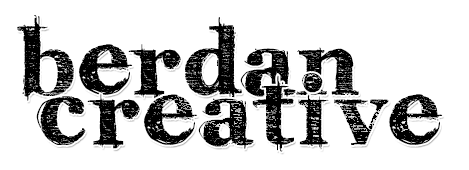I live in Canada. Southwestern Ontario, to be a little more specific. We are beholden to our extreme weather. From -40C in the winter to +40C in the summer, we’ve learned to adapt.
The winter is a time for hibernation. Thick, heavy, sustaining foods like stews and roasted root vegetables, mushrooms, red meats and heavy umami flavours are the norm in our household.
Southwestern Ontario has a lot of farmland, so the summer is a time for light and airy pursuits. Fish, fresh produce, fruits, greens, especially sour, bright and citrus-y flavours. Something to cut through the often brutal humidity.
So… what does this have to do with games, besides making all of us feel hungry?
I ask you, what kind of adaptations does your game make to its audience, with respect to mood?
Does it accommodate a light experience? a heavy one?
If it doesn’t accommodate both, is it clear to the player what kind of experience they are purchasing? If it does accommodate both, is it clear to the player how they can obtain each kind of experience depending on how they’re feeling that day? What happens if the players think they want a heavy experience, but then change their mind halfway through the game? Not many games can accommodate that kind of real-time shift gracefully.
With a tabletop experience, these various needs can be hand-waved through providing a moderator/referee/GM/etc role with the tools they need to control flow and narrative. With a GM-less game, it gets more complex. An approach that works is to have accelerating and decelerating mechanics, to ratchet the pace up or down. Various horror games do this in service of adapting tension throughout play.
With digital games, one looks to implementing mechanisms as orthogonal roles that the player can choose between. For example, “I’m feeling like a chill experience today. I’ll go and gather some seaweed for that potion I’ve been wanting to make.” or “I’ve got a few hours, that epic quest that’s been sitting in my quest log is calling to me. Time to gear up and make the expedition.” to “My guild is all online, let’s do that giant raid.”
All said, it’s not your answer that matters, necessarily. It’s that you should ask the question: “How does (or doesn’t) my game adapt to my players?”








